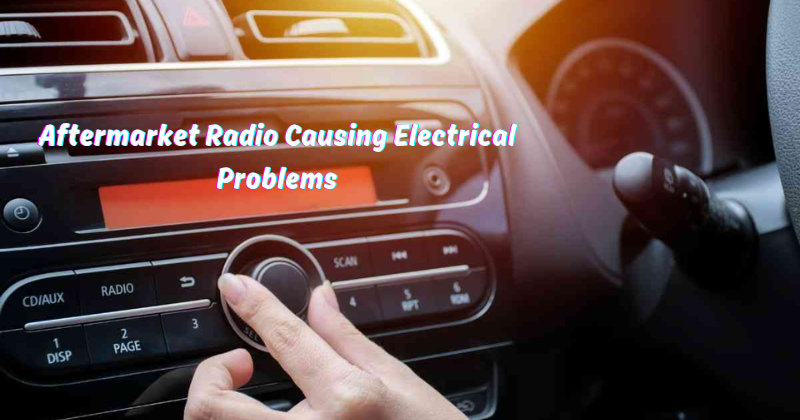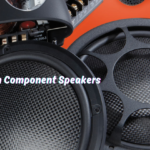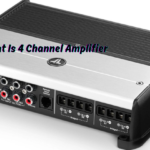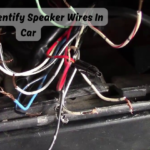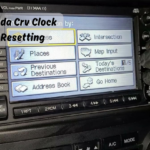Aftermarket car radios can be a great addition to your vehicle, offering improved sound quality and additional features that may not have been available with the original factory-installed unit. However, installing an aftermarket radio can also lead to unexpected electrical problems in your car.
One of the most common issues encountered after installing an aftermarket radio is a drained or dead battery. This can be caused by a wiring issue or simply because the new radio requires more power than the original unit. Additionally, aftermarket radios may not be compatible with your car’s electrical system, leading to issues with functions such as power windows and locks.
In this guide, we will explore the potential electrical problems that can be caused by aftermarket radios and how to troubleshoot and resolve these issues. We will also discuss tips for ensuring a successful installation and preventing future problems.
Causes of Electrical Problems with Aftermarket Radios
When it comes to aftermarket radios, there are a few common causes of electrical problems in cars. These include:
1. Wiring Issues
One of the most common causes of electrical problems with aftermarket radios is incorrect or faulty wiring. This can lead to issues such as a drained battery, blown fuses, and malfunctioning components.
To avoid these issues, it’s important to carefully follow the installation instructions for your specific radio model. If you’re not comfortable with car wiring, it may be best to have a professional install the radio for you.
Here are a few tips to keep in mind when wiring your aftermarket radio:
- Make sure all wires are connected securely and in the correct locations.
- Use wire connectors or soldering to ensure a strong connection.
- Double check for any loose or exposed wires that could cause issues.
2. Power Requirements
Another common reason for electrical problems is that the aftermarket radio requires more power than the original unit. This can put strain on your car’s electrical system and drain the battery.
Before purchasing an aftermarket radio, make sure to check its power requirements and compare them to your car’s electrical system capabilities. If necessary, you may need to upgrade your car’s alternator or battery to accommodate the new radio.
Here are a few additional tips for managing power requirements:
- Opt for an aftermarket radio with lower power requirements.
- Use a capacitor to help regulate the power flow to the radio.
- Consider upgrading your car’s electrical system if necessary.
3. Compatibility Issues
In some cases, an aftermarket radio may not be fully compatible with your car’s electrical system. This can lead to issues with functions such as power windows, locks, and even the car’s computer.
Before making a purchase, it’s important to research the compatibility of the radio with your specific car model. You may also want to consult with a professional or experienced installer for guidance.
Here are a few tips for ensuring compatibility:
- Research the compatibility of the aftermarket radio with your car model.
- Consider purchasing a radio that is designed specifically for your make and model.
- Consult with an experienced installer for advice.
4. Grounding Issues
Grounding issues can also cause electrical problems with aftermarket radios. This occurs when the radio is not properly grounded to the car’s chassis, resulting in poor performance and potential damage to the radio and other components.
To avoid grounding issues, make sure to follow the manufacturer’s instructions for grounding your radio. It may also be helpful to use a multimeter to test the ground connection before finalizing the installation.
Here are a few tips for proper grounding:
- Use a high-quality ground wire.
- Connect the ground wire securely to the car’s chassis or an existing grounding point.
- Test the ground connection with a multimeter before completing the installation.
Troubleshooting and Resolving Electrical Problems
If you encounter electrical problems after installing an aftermarket radio, there are a few steps you can take to troubleshoot and resolve the issue. Keep in mind that if you’re not comfortable working with car electronics, it’s best to consult with a professional for assistance.
Here are some troubleshooting tips:
- Check all connections: Make sure all wires are connected securely and in the correct locations. Look for any loose or exposed wires that could be causing issues.
- Check fuses: If your car’s fuses are blowing frequently, it may indicate a wiring issue. Check all fuses related to the radio and replace any that are blown.
- Disconnect the radio: If you suspect the aftermarket radio is causing the problem, try disconnecting it to see if the issue resolves. If it does, you may need to adjust the wiring or choose a different radio.
- Consult with a professional: If you’re unable to resolve the issue on your own, it’s best to seek assistance from a professional installer or mechanic.
- Consider returning the radio: If all else fails, you may need to return the aftermarket radio and choose a different one that is more compatible with your car’s electrical system.
Tips for Successful Installation
To avoid potential electrical problems with aftermarket radios, it’s important to follow these tips for a successful installation:
- Carefully read and follow the manufacturer’s instructions.
- Use high-quality wiring and connectors.
- Test all connections before finalizing the installation.
- Consider seeking assistance from a professional if you’re not comfortable with car electronics.
- Choose an aftermarket radio that is compatible with your specific car model and its electrical system.
Preventing Future Electrical Problems
To prevent future issues, it’s important to maintain your aftermarket radio and periodically check for any potential problems. Here are a few tips to keep your radio running smoothly:
- Regularly inspect and clean the wiring connections.
- Make sure all components are securely mounted in the car.
- Avoid overloading your car’s electrical system with additional accessories or modifications.
- Follow recommended maintenance guidelines for your aftermarket radio, such as updating software when available.
By following these tips and taking care during the installation process, you can ensure that your aftermarket radio functions properly and avoids any potential electrical problems. If you do encounter issues, remember to troubleshoot carefully and seek assistance if needed.
FAQs
Do I need professional installation for an aftermarket radio?
While it is possible to install an aftermarket radio yourself, it’s important to have knowledge and experience with car electronics. If you’re not comfortable or confident in your abilities, it’s best to seek assistance from a professional.
Can I use my factory wiring harness with an aftermarket radio?
In some cases, the existing wiring harness may not be compatible with an aftermarket radio. It’s important to research and potentially purchase a wiring harness adapter for your specific car model.
How do I know if the aftermarket radio is compatible with my car’s electrical system?
Researching compatibility and consulting with a professional are both helpful in determining whether an aftermarket radio will work well with your car’s electrical system. Additionally, choosing a radio designed specifically for your make and model can increase the chances of compatibility. So, it is necessary to follow these steps before buying an aftermarket radio.
Conclusion
Installing an aftermarket radio can be a great way to upgrade your car’s audio system, but it’s important to take precautions and avoid potential electrical problems. By researching compatibility, properly grounding the radio, and following recommended installation tips, you can enjoy a successful and functioning aftermarket radio in your car.
Remember to troubleshoot carefully if any issues arise and seek assistance when needed. With the right approach, you can enhance your driving experience with an aftermarket radio that is tailored to your car model. So, always consider these factors before purchasing and installing an aftermarket radio in your car. Happy driving!
